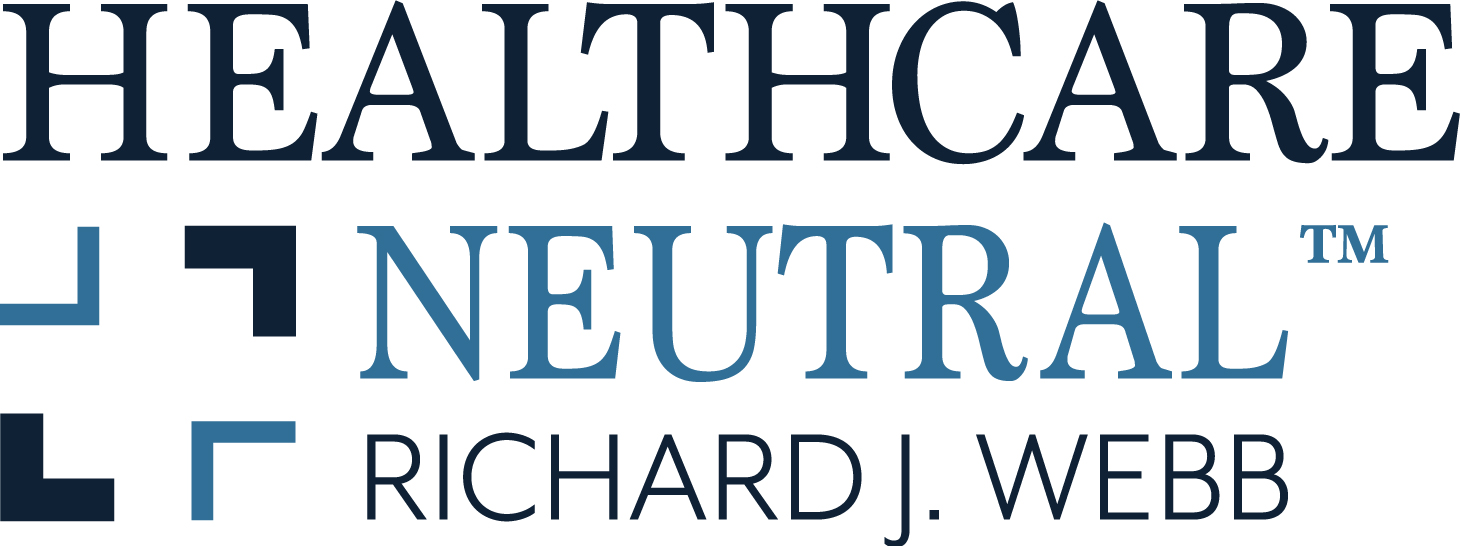
Medicaid Cuts Will Strain Hospital – Physician Relations
March 19, 2010
Kevin Sack wrote earlier this week in The New York Times about the effect Medicaid cuts are having on patients throughout the country. The focus of that article was the hardship resulting from the decision by more and more doctors to simply stop participating in the Medicaid program rather than accept payment rates that assure an operating loss. As states look for ways to balance their budgets, further cuts in Medicaid appear inevitable, even as the sluggish economy forces more people onto Medicaid rolls.
Hospitals depend on physician participation in Medicaid in a variety of ways:
– Physicians who see Medicaid patients in their offices keep those patients from using the Hospitals\’ emergency rooms for non-emergent care.
– Hospitals required by law to provide care to all patients without regard to their financial means must have a medical staff that is prepared to provide the full range of professional services to all, including Medicaid patients.
– Hospitals have “on call” and “coverage” requirements that mandate physician service, as needed, to all patients who enter the hospital without a prior physician relationship.
– Hospitals routinely have numerous exclusive contracts with particular physician groups to provide all of the services within a specialty (e.g., radiology, anethesiology, pathology) as required by all hospital patients. These contracts typically require the physicians\’ participation in the Medicaid program.
– Hospitals frequently develop outpatient and ancillary facilities separate from the main hospital campus to reach more profitable segments of the healthcare market (e.g. surgicenters, ambulatory care centers, diagnostic imaging centers). These efforts involve physican participation, whether as co-owners, tenants or professional service providers. The hospitals involved frequently mandate Medicaid participation of such facilities to satisfy regulatory requirements, tax exemption criteria or the hospitals\’ mission statements.
When Medicaid payment rates sink low enough, and too many physicians want out, something will have to give.

Physicians will argue that they cannot afford to give their services away, at least not to the percentage of patients that may be included in expanded Medicaid enrollments. Hospitals will argue that patient service is a shared mission, and the hospitals\’ rates of payment from Medicaid are equally miserable. Physicians will counter that the mandates driving the hospitals (as noted above) are hospital mandates, for which the hospitals must bear the cost. Hospitals will counter that they have no source of funds from which to pay those costs.
This is where mediation can help. Hospitals and physicians facing this problem need to have an ongoing relationship after the current dispute is resolved. A heavy handed, litigation driven, “win or lose” approach to solving the problem is inconsistent with that need. It also ignores the opportunity to identify and build upon common interests, including interests separate from the Medicaid problem. Finally, a neutral with substantive knowledge of the industry can help hospitals and physicians identify solutions that are both financially feasible and legally sound.
[Image: Delancey Street, Bowery, Manhattan, New York City, September 13, 2005]
